Optimal Timing for Foundation Repairs
Foundation repairs are most effective when performed during specific weather conditions and seasonal periods. Optimal timing depends on factors such as soil moisture levels, temperature stability, and construction schedules. Typically, late spring and early summer offer ideal conditions due to moderate temperatures and consistent soil moisture, which facilitate proper curing and settling.
Avoiding extreme weather, such as freezing temperatures or excessive heat, reduces the risk of complications during repair processes. Spring and fall are also suitable times, provided there are no heavy rains or drought conditions that could impact the foundation's stability. Planning repairs during these periods ensures better results and minimizes disruption.
Spring and fall generally provide the best conditions for foundation repairs due to moderate weather and soil moisture levels.
Extreme cold or heat can hinder repair work and affect the curing process of foundation materials.
Consistent soil moisture helps prevent further shifting or settling during repairs.
Planning during stable weather conditions reduces delays and complications.
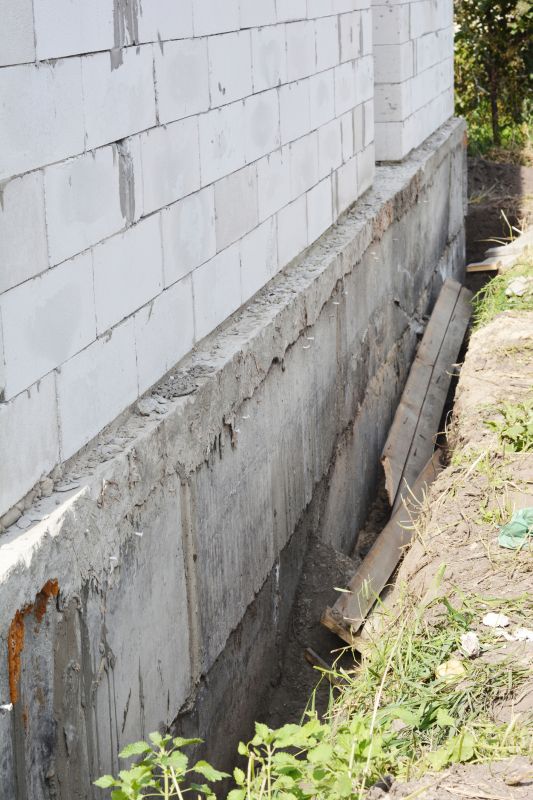
Spring offers ideal conditions for foundation stabilization and repair work.
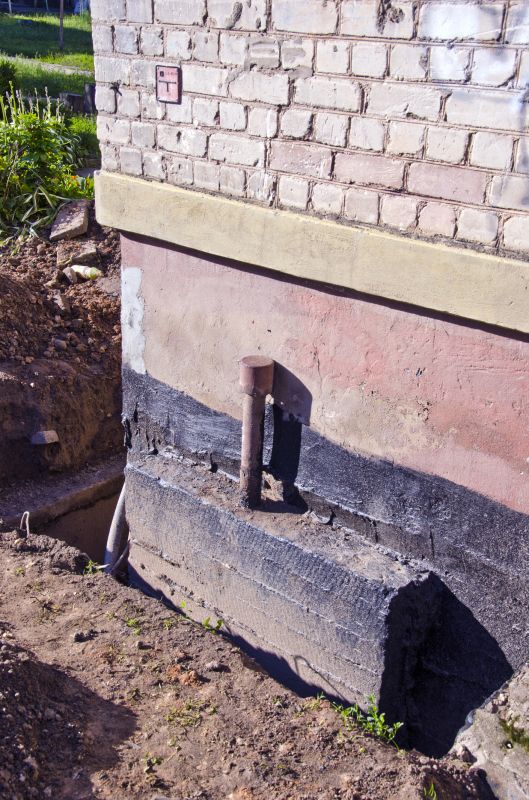
Summer's warm weather can support effective curing and settling.
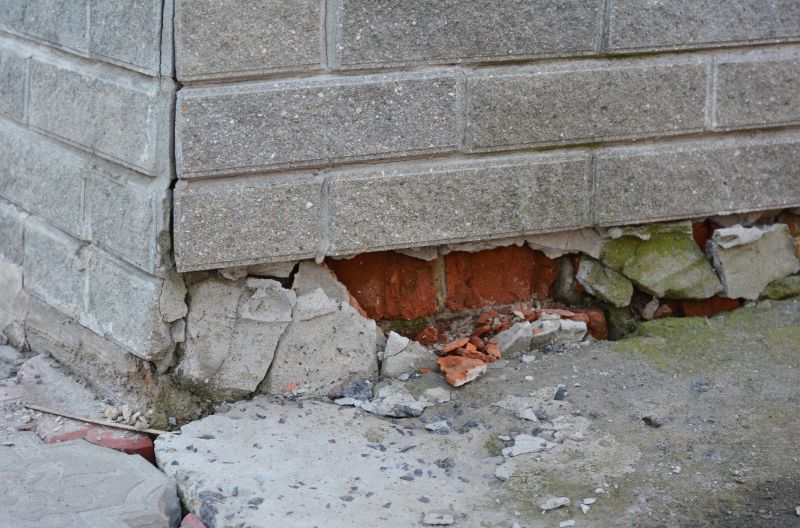
Fall provides moderate temperatures and soil moisture for repairs.
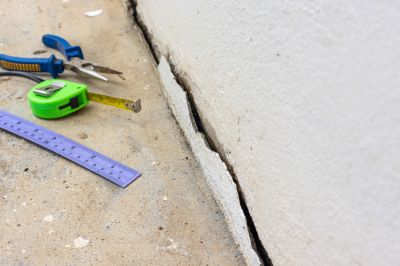
Ways to make Foundation Repairs work in tight or awkward layouts.
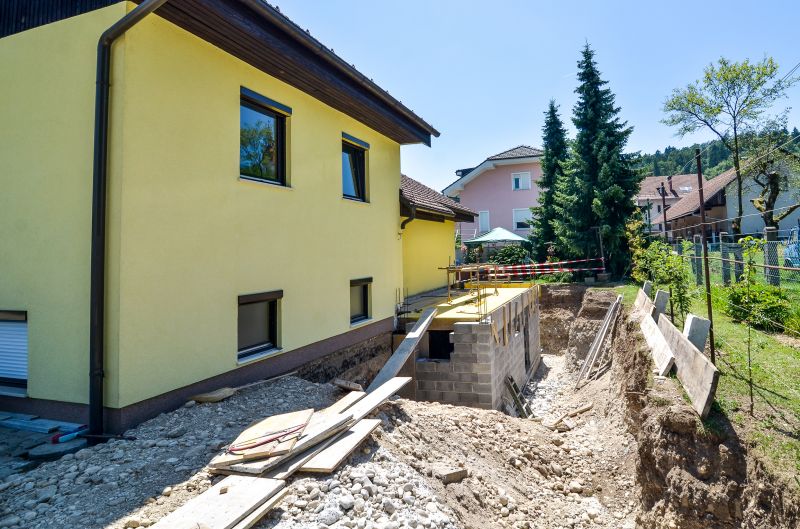
Popular materials for Foundation Repairs and why they hold up over time.
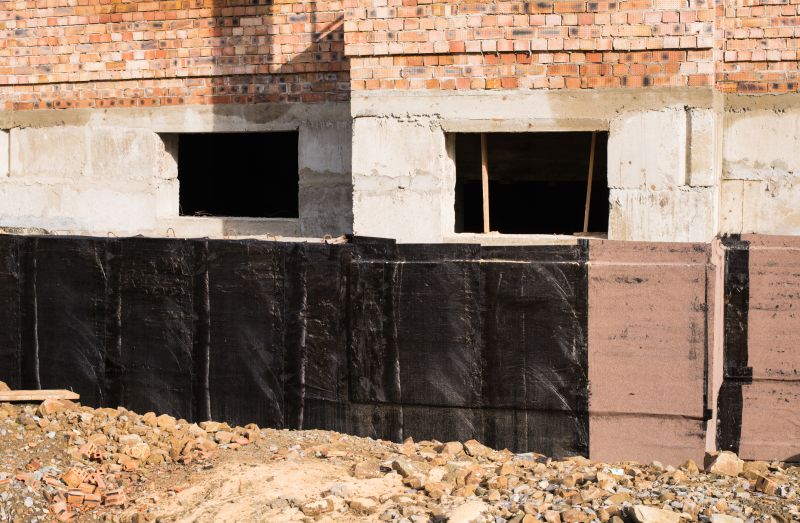
Simple add-ons that improve Foundation Repairs without blowing the budget.

High-end options that actually feel worth it for Foundation Repairs.
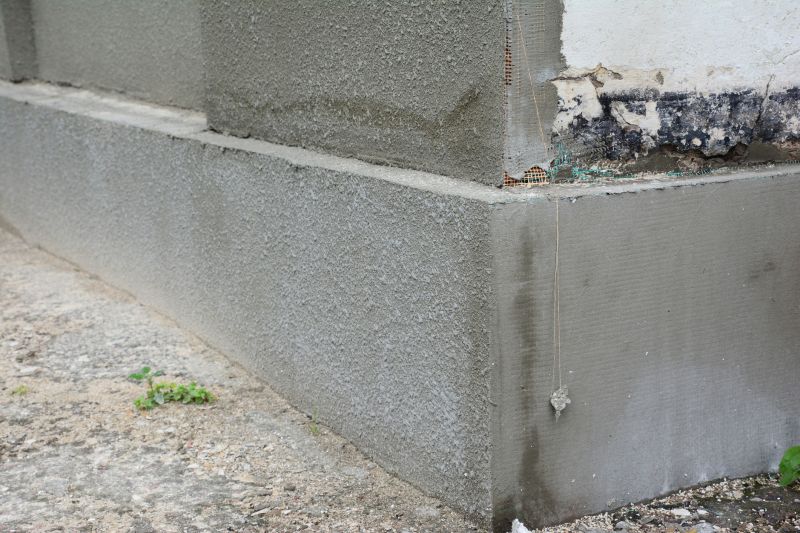
Finishes and colors that play nicely with Foundation Repairs.
| Season | Optimal Conditions |
|---|---|
| Spring | Moderate temperatures, consistent soil moisture |
| Summer | Warm weather, ideal for curing |
| Fall | Stable temperatures, manageable soil conditions |
| Winter | Not recommended due to freezing temperatures |
Foundation repairs are critical for maintaining structural integrity and preventing further damage. Factors such as soil type, weather conditions, and the extent of existing issues influence the timing and approach of repairs. Addressing foundation problems promptly during optimal periods can reduce long-term costs and ensure stability.

Proper timing enhances the effectiveness of foundation stabilization methods.

Timing repairs during favorable weather supports soil stabilization efforts.
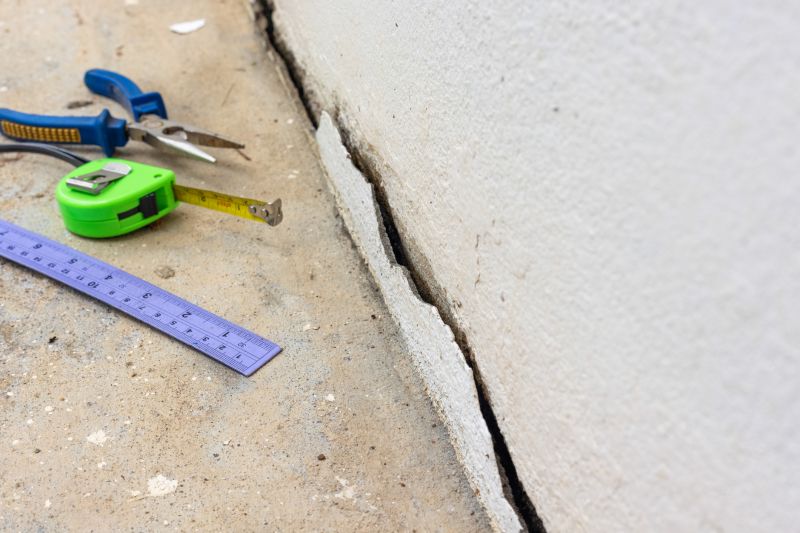
Regular assessments help determine the best repair timing.
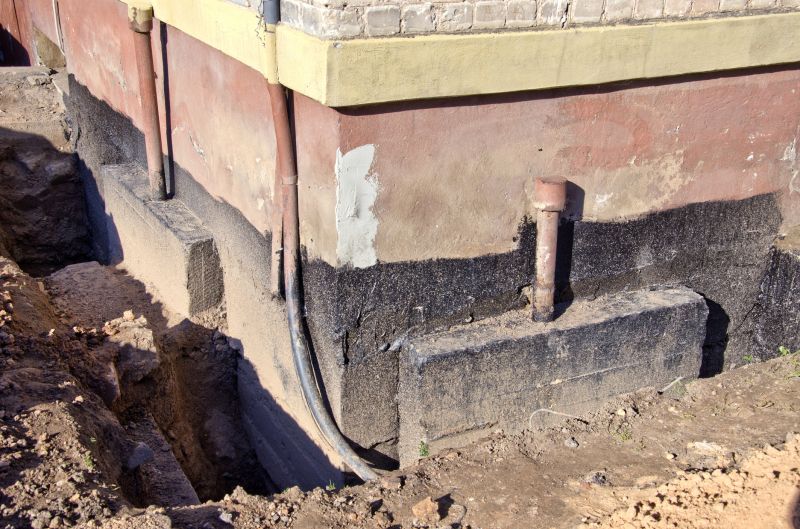
Modern techniques benefit from repairs during suitable seasonal conditions.

Little measurements that prevent headaches on Foundation Repairs day.

A 60-second routine that keeps Foundation Repairs looking new.

A frequent mistake in Foundation Repairs and how to dodge it.
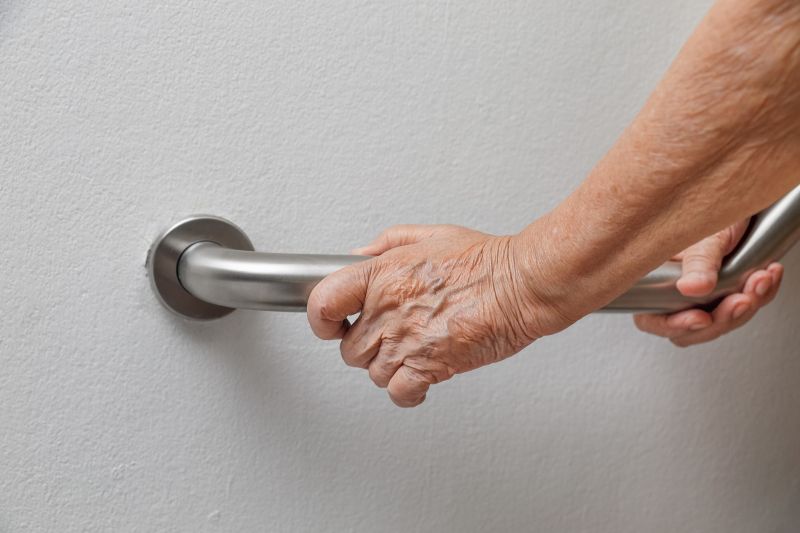
Small tweaks to make Foundation Repairs safer and easier to use.
Interested in foundation repairs? Filling out the contact form provides an opportunity to discuss the best timing and solutions for specific needs. Professional assessments can identify optimal repair windows to ensure lasting results.

